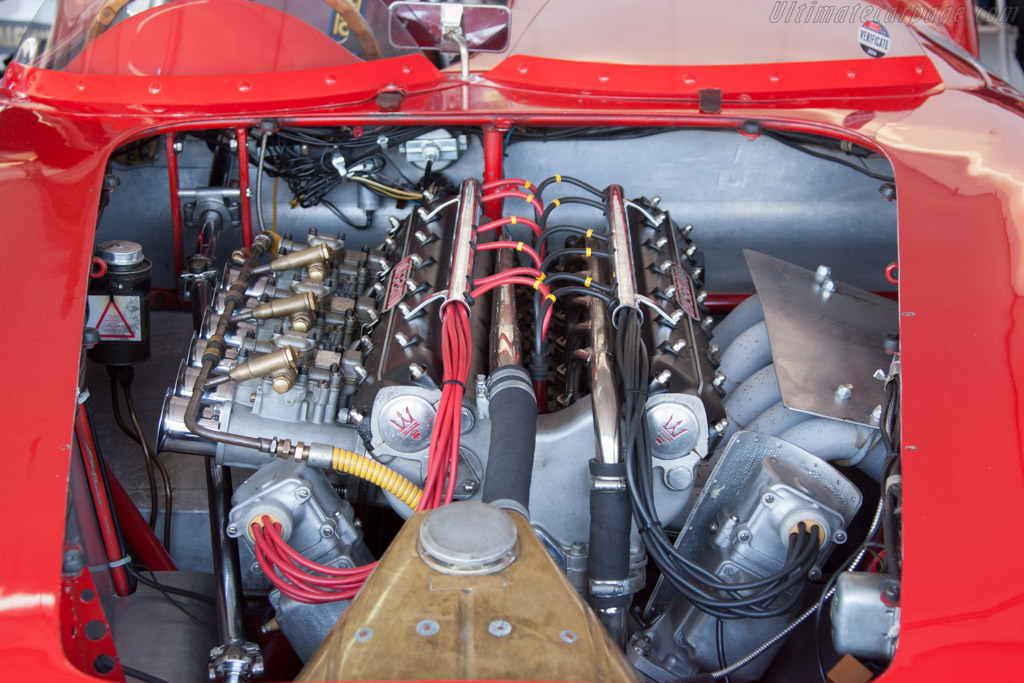J.A.W. wrote: ↑05 Apr 2018, 11:50
T-C, Kestrel was of 22 litre capacity, Lion was 24.. really not so much - in it..
R-R went to 36 litres for their type R ( and Lion designer Rowledge had to revise it, with master/slave rods),
& later using the same archaic under-square B x S dimensions for the 'improved Merlin' style, Griffon..
R-R never seemed to get their own atypical designs to function properly ( viz: Vulture) but did well
with developing the nuts off their conservative V12's - to good profit, even if the Griffon was also
well shaded by the ( also 36 litre capacity) Halford/Tryon designed Napier Sabre - as a fighter mill..
The way you put things, it would seem like Napier invented the master and slave rod. Which they probably didn't. It was, of course, a necessity.
The Rolls-Royce R was a racing version of the Buzzard. The Buzzard, itself, was essentially a 6/5 scale of the Kestrel.
The Buzzard was an 800hp engine in the late 1920s, but didn't find many buyers. Possibly because it was too powerful for the airframes at the time.
To change into the R, the Buzzard was strengthened substantially, ,and a giant double sided impeller fitted.
For the 1929 Schneider races the R retained fork and blade type rods. The engine had grown by about 1,100hp compared to the Buzzard.
For the 1931 race the R was upgraded again. It was a relatively late decision to contest the Schneider Trophy that year, as the government had withdrawn financial support after the stock market crash. Private funding was found in January 1931, after which government support was again given.
The R's power increased to 2,300hp from 1,900hp, and reliability issues were causing problems, mainly with the big end bearings. These may have been of the solid metal kind, rather than the steel backed bearings developed by Allison in the US (Rolls-Royce entered a licence agreement with Allison to produce the steel backed bearings at around that time). Because of the short development time, they reverted back to the master and slave rod arrangement, which earlier Rolls-Royce engines, such as the Eagle and Falcon, had used.
For the air speed record attempt the engine was further boosted, producing as much as 2,900hp in 1931.
A Gloster VI seaplane with Napier Lion set the world air speed record at 336.3mph on 10 September 1929. The Supermarine S6, with Rolls-Royce R, reset the record at 357.7mph 2 days later.
The S6B would add nearly 50mph to the record, at 407.5mph.



